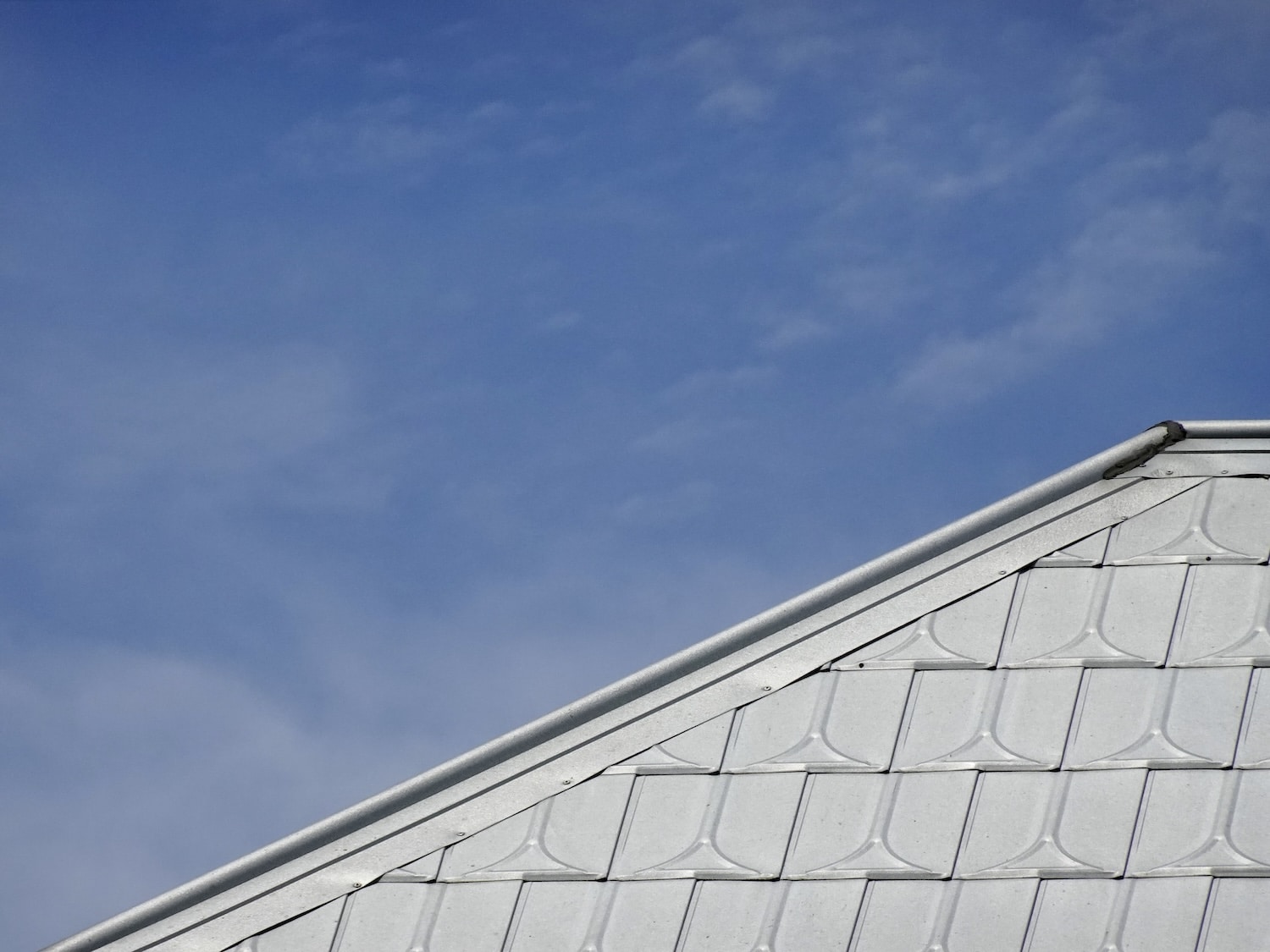Roof pitch might not be the first thing you think about when it comes to home maintenance, but it plays a bigger role than most homeowners realize. The slope of your roof affects how well it handles rain, snow, and even how long it lasts. Knowing what’s typical for roof pitch can help you make informed decisions about repairs, material choices, and overall upkeep.
Welcome to your guide through roof pitch, what’s considered typical, how to check yours, and why it matters for your home’s safety and longevity.
What Is a Typical Roof Pitch?
Roof pitch measures the steepness of a roof, expressed as a ratio of vertical rise over a 12-inch horizontal run. For example, a 6/12 pitch means the roof rises 6 inches for every 12 inches of horizontal distance.
Most residential roofs in the U.S. fall between a 4/12 and 9/12 pitch. In Illinois, pitches around 6/12 to 8/12 are especially common, striking a balance between effective drainage and ease of maintenance.
Steeper pitches, like 10/12 or higher, are often found on homes with traditional or colonial styles, while lower pitches around 3/12 are typical on ranch homes or modern flat-roof designs.
Climate plays a significant role in determining pitch. Areas with heavy snowfall favor steeper roofs to prevent snow buildup, reducing the risk of structural damage.

Why Roof Pitch Matters
Water and Snow Drainage
Longevity and Material Compatibility
Energy Efficiency and Ventilation
Cost of Repairs and Upkeep
Steep roofs can be more challenging and costly to repair due to safety concerns and specialized equipment needs.
Knowing your pitch helps you budget for maintenance more accurately.
How to Check Your Roof Pitch
What you’ll need:
- Ladder (if measuring outside)
- 12-inch level
- Measuring tape
- Pencil or marker
- Safety gear (non-slip shoes, gloves)
Method 1: Measuring from the Attic
- Locate an exposed rafter.
- Place the level horizontally against the bottom of the rafter.
- Mark a point 12 inches along the level from where it touches the rafter.
- Measure vertically from the end of the level to the underside of the rafter. This measurement is the “rise” in your pitch ratio.
Method 2: Measuring from Outside
- Place the level flat against the roof surface.
- Hold it until the bubble centers.
- Measure the vertical distance from the roof surface to the 12-inch mark on the level.
Roof Pitch Considerations for Illinois Homes
- Snow Load Management: Roofs with a pitch between 6/12 and 8/12 are ideal for shedding snow while maintaining a classic home aesthetic.
- Rainfall Resistance: Steeper pitches help direct water into gutters faster, reducing the risk of leaks.
- Wind Resistance: While steep roofs handle snow well, lower pitches can sometimes withstand high winds better. Finding a balance is key.
- Local Codes: Building regulations often specify minimum pitch requirements for certain materials and climates. Always check local codes when planning repairs or upgrades.
Best Roofing Materials Based on Pitch
- Low-Slope Roofs (2/12 to 4/12)
- Rubber membrane roofing (EPDM)
- Modified bitumen
- Metal roofing designed for low pitches
- Moderate Pitches (4/12 to 9/12)
- Asphalt shingles (most common for Illinois homes)
- Metal panels
- Cedar shakes or synthetic alternatives
- Steep Pitches (10/12 and up)
- Clay or concrete tiles
- Slate roofing
- High-end metal roofing

Recommended Maintenance
- Inspect your roof regularly, especially after storms.
- Keep gutters and downspouts clear to prevent water backup.
- Check attic insulation and ventilation to avoid moisture buildup.
- Trim overhanging branches to reduce debris and prevent limb damage.
- Watch for early signs of wear like curled shingles or loose flashing.
When to Call a Professional
While you can check your roof pitch yourself, some situations call for a professional home inspection—especially when your home’s overall condition is at stake. It’s a good idea to bring in an inspector when:
- You’re buying or selling a home and want a complete evaluation, including the roof and structural components.
- You’ve noticed issues like water stains, drafts, or other signs of potential hidden problems.
- Your home is older, and you’re unsure how past repairs or modifications may affect safety and value.
- You need an unbiased assessment to meet real estate requirements or for peace of mind before making decisions about maintenance or upgrades.
A qualified home inspector looks beyond just the roof pitch, helping you understand how different parts of your home work together and where attention may be needed to prevent future issues.
Conclusion
Understanding what’s typical for roof pitch and how to check yours can help you stay ahead of potential issues and plan for proper maintenance. Roof pitch plays a key role in how your home handles weather, how long your roofing materials last, and what repairs might cost down the road.
If you’re buying, selling, or simply want peace of mind about your roof’s condition, Prospective Home Inspections has you covered. Our team provides thorough evaluations for homeowners at every stage of their journey, from roofs to foundations.



